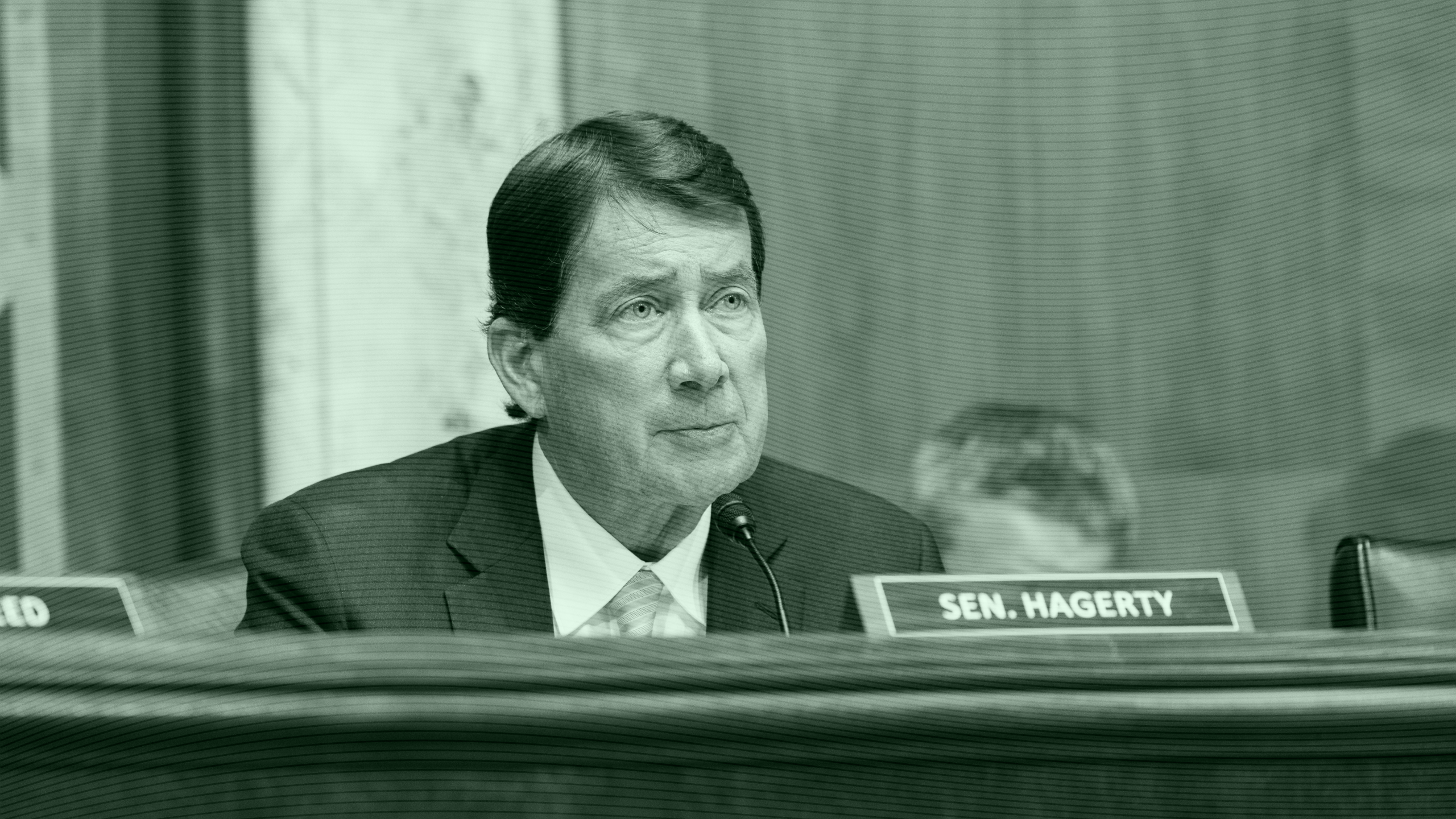What the GENIUS Act Means for Stablecoins and Advisors
The bill would require tokens to be backed by liquid assets including the US dollar and short-term Treasury bills.

Sign up for market insights, wealth management practice essentials and industry updates.
Who wouldn’t like a little more stability in their life? In the chaotic world of crypto, at least, some may be on the way.
The Senate approved a regulatory framework for stablecoins, dubbed the GENIUS Act, this week. The bill, which has yet to be passed by the House of Representatives, would require tokens to be backed by liquid assets including the US dollar and short-term Treasurys, and issuers would have to publicly disclose composition of their reserves each month.
Despite crypto’s roughly $3.4 trillion global market cap and even President Trump championing digital assets, they still remain divisive for advisors. While some are comfortable allocating up to 10% of a client’s portfolio to crypto products, others wouldn’t touch them with a 10-foot pole. However, if the stablecoin bill becomes law, it could bring a greater sense of legitimacy and clarity to the asset class.
“This stablecoin framework, if it sticks, is the first adult move we’ve seen from Washington in a long time,” said Christopher Haigh, CEO of Iconoclast Capital, adding that his firm is very crypto-forward. “We’re finally talking about guardrails instead of hand-wringing.”
Ready, Willing, and Stable
Because stablecoins outlined in the framework would be backed by the dollar or Treasurys, some advisors might be questioning the point: Why not just hold cash or government bonds? However, stablecoins should be viewed less as investments that bring returns and more as a means of doing business, said Campbell Harvey, Duke University professor and Research Affiliates partner.
“Within 12 seconds, you can transfer money anywhere in the world,” he told Advisor Upside. “There is a role to diversify portfolios, and stablecoins enable that and serve to reduce transaction costs.” He added that advisors place themselves at a disadvantage by ignoring the sheer size of the cryptomarket, including the stablecoin sector. The biggest stablecoins include: Tether, with more than $155 billion in market value; USDC, with more $61 billion; and USDS, with more than $7 billion.
Stablecoins’ cheap trading costs and automatic accounting on blockchain ledgers make them incredibly attractive to companies and banks, Harvey added. “Expect to see an explosion in the number of stablecoins,” he said. “I can’t imagine a large bank not initiating a stablecoin.”
Natural Selection. It might be easy to think of crypto as only Bitcoin and 1,000 other altcoins with goofy names that operate more like Texas Hold’em than actual stores of value. But in an increasingly digital world, stablecoins are just the next step in managing portfolios, said David LaValle, global head of ETFs at Grayscale.
“There’s this common, quick gut reaction that I sometimes get from people that say: ‘Oh my gosh, these stablecoins are a real risk to the government, to e-bills or to money market funds in the US,’” he said at the Wealth Management EDGE conference in Boca Raton, Florida, last week. “It’s going to be a really efficient place to park your money, and it’s just a natural way to go.”











